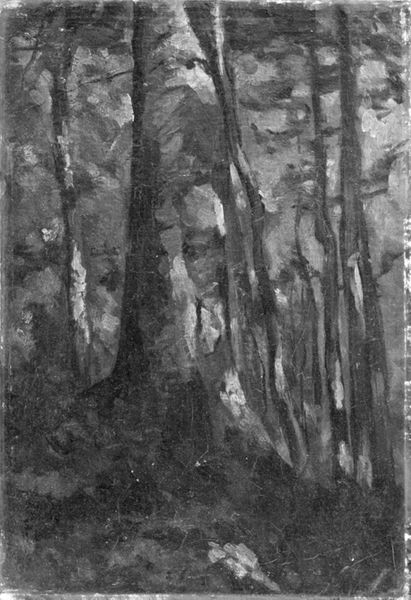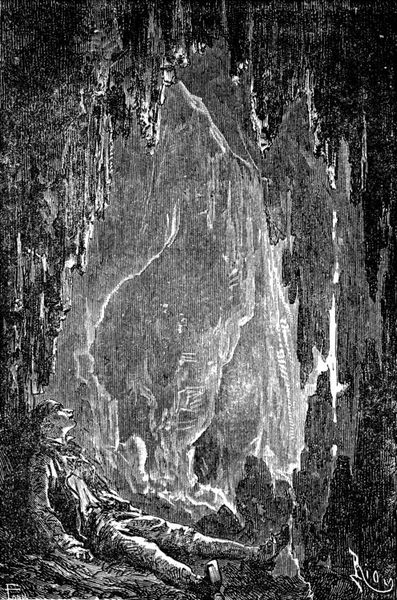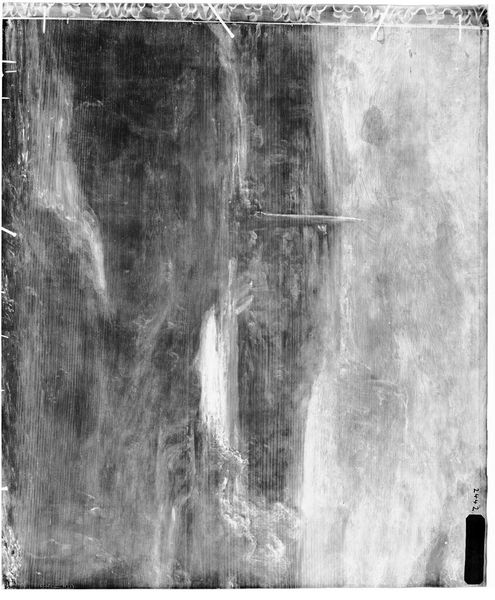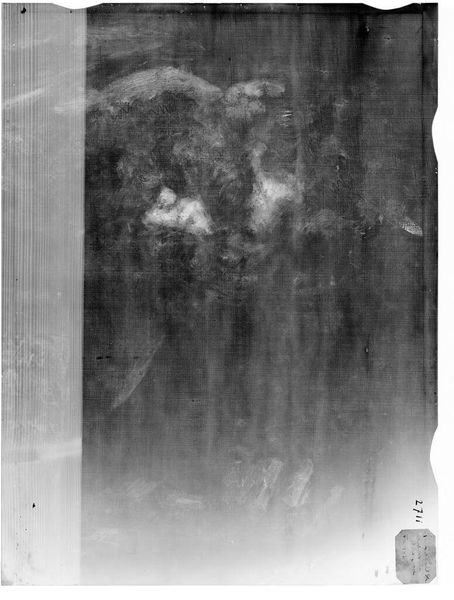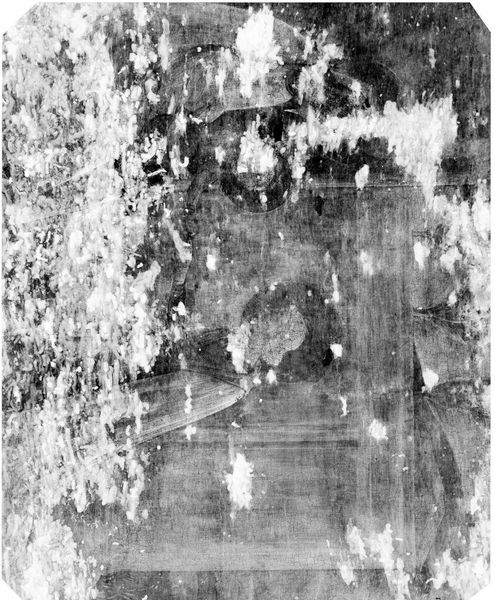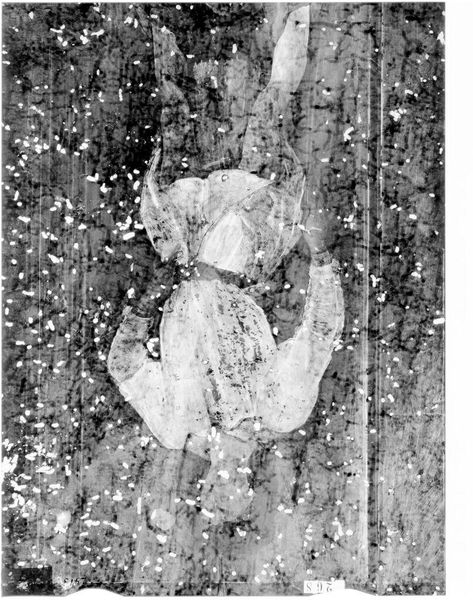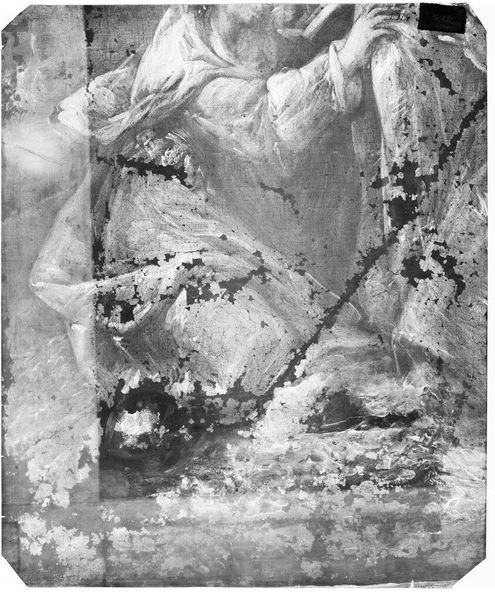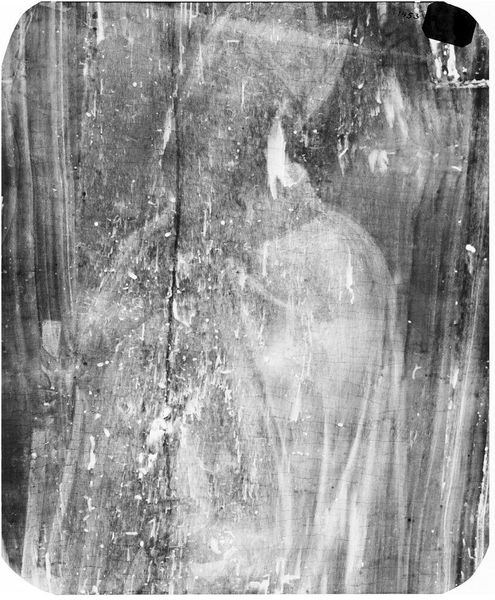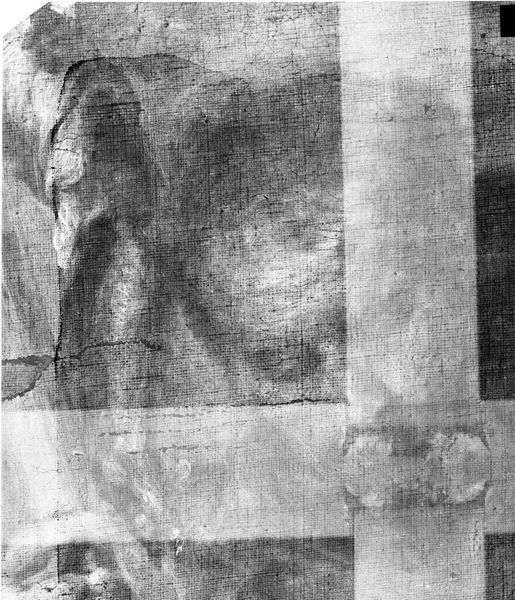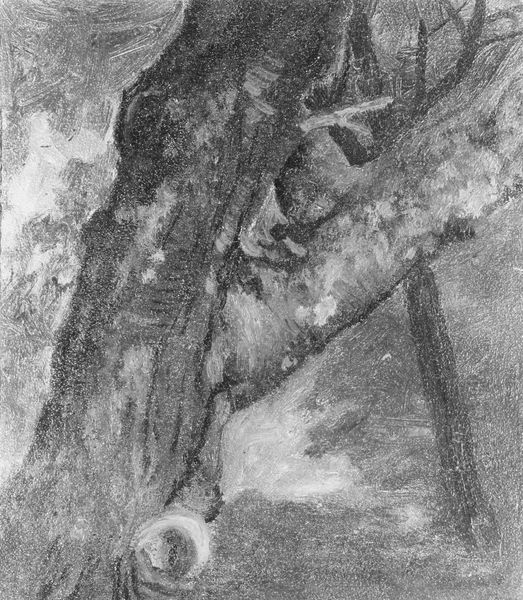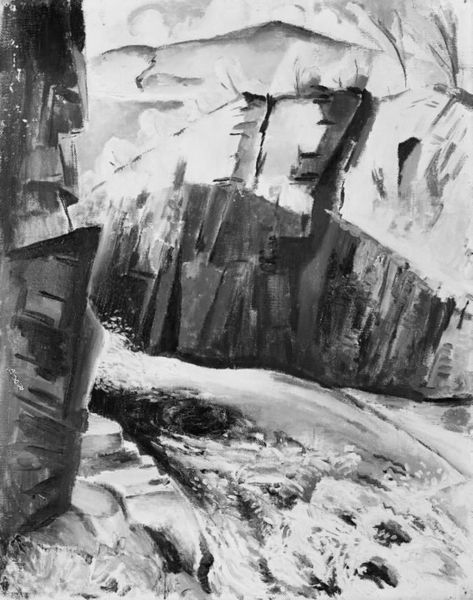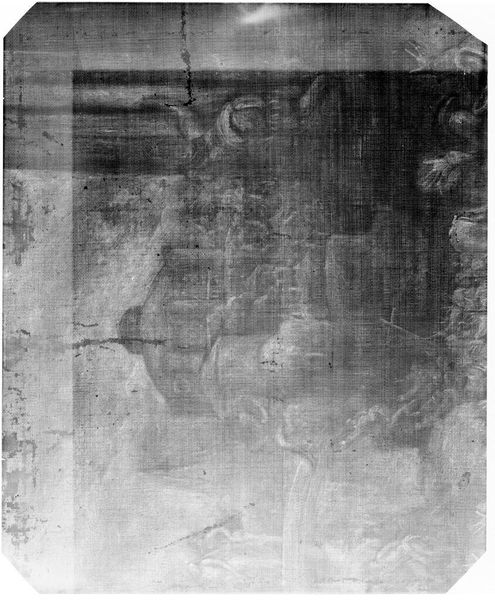
painting
#
painting
#
textured
#
landscape
#
romanticism
#
natural texture
#
natural form
#
realism
#
monochrome
Dimensions: 20.5 cm (height) x 14 cm (width) (Netto)
Curator: Up close, this monochrome study by Lorenz Frølich, "A Tree with Several Trunks," painted around 1836, pulls you in, doesn’t it? A very raw and expressive feel about it. Editor: Indeed. The first thing I notice is the materiality of the paint itself – the visible brushstrokes, the textures… It's so focused on the tree, pushing all other considerations, such as color, to the background. Curator: Absolutely. In a period marked by rising nationalist sentiments and burgeoning scientific inquiry into the natural world, trees came to hold very rich and resonant associations with historical roots, a deeply human connection, and powerful symbolic significance in folklore, national myths and in foundational systems of spirituality. Editor: You can almost feel the physicality of the artist’s labor in capturing that trunk, tracing the years of growth through the marks in its bark. What was Frølich considering while constructing such an image? Curator: Likely engaging with the Romantics’ idea that nature can inspire, disturb, mirror or overwhelm human concerns. This work resonates with ecofeminist perspectives, celebrating a non-human form. I wonder about the absence of figures, no beings around – the impact seems intentionally isolating, focused completely on this silent giant of an ancient natural presence. Editor: The absence of figures heightens my focus on the making itself. I mean, just look at the way the light interacts with the rough textures Frølich creates using a brush and probable monochrome tint. The physical presence of the materials feels intentional and loaded. Curator: I agree that the monochrome choice invites analysis. However, I tend to find, in Frølich's reduction of detail and visual interest, a purposeful and possibly critical take on patriarchal tendencies of controlling landscape and imposing restrictive structures or narratives. Editor: I find myself looking again at the tree as a whole. Frølich's art is prompting reflections around labor, consumption, and value in an age so intent on control. The piece invites discourse with contemporary environmental thinking; not merely the "what," but the "how" and "why." Curator: I find myself drawn again into considerations around the place of gender within the framework. An exceptional discussion around the work's invitation to investigate our relationship with not only the environment but our individual, very intimate selves.
Comments
No comments
Be the first to comment and join the conversation on the ultimate creative platform.
